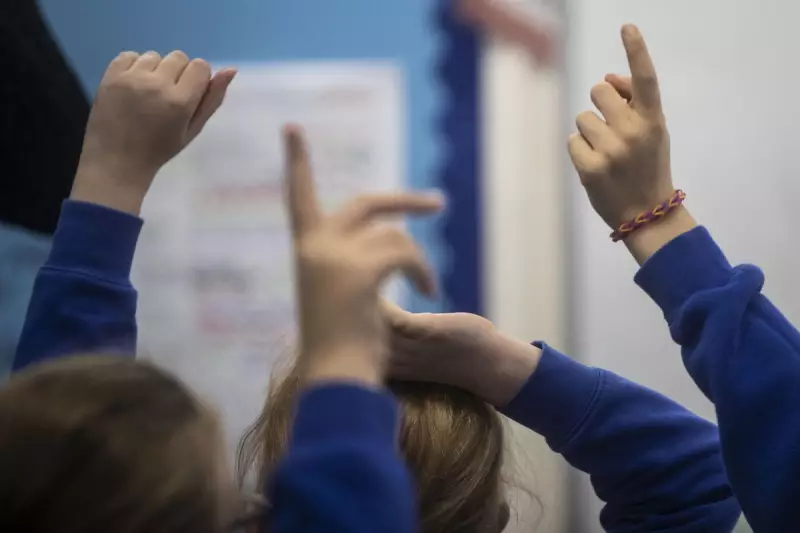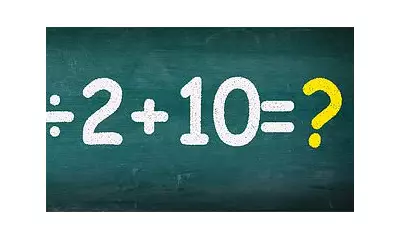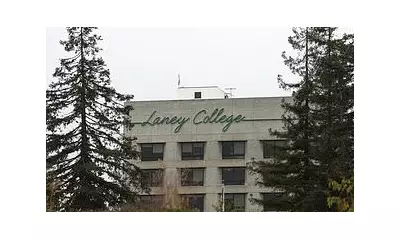
White British pupils from the most disadvantaged backgrounds are suffering from some of the worst educational outcomes in England, a stark new analysis has revealed, prompting the new Education Secretary to declare it a 'moral outrage'.
The data, scrutinised by the Department for Education (DfE), shows that only 28.5% of poor white British pupils achieved a strong pass in both GCSE English and Maths in 2022/23. This figure plunges far below the national average for all disadvantaged children, which stands at 39.7%.
A Crisis of Attainment and Opportunity
This places white working-class pupils significantly behind their disadvantaged peers from almost every other major ethnic group. The analysis underscores a deep and persistent crisis within a specific demographic, one that has been frequently overlooked in the national conversation on education equity.
Labour's Bridget Phillipson, who has made this issue a primary focus since entering the Department for Education, was unequivocal in her assessment. She attributed the dismal outcomes to 'systemic neglect' and a failure of the previous government to implement targeted, effective support for these communities.
Beyond the Statistics: A Story of Neglect
Phillipson argues that the numbers tell a story of broader social and economic abandonment. 'For too long, these communities have been let down,' she stated. 'This isn't just about exam results; it's about a cycle of low aspiration and limited opportunity that has been allowed to fester.'
The new government has signalled a decisive shift in policy, moving away from what it characterises as a fragmented approach. The focus will now be on holistic support, encompassing:
- Early Years Intervention: Expanding access to high-quality preschool education to build foundations from a young age.
- Targeted Funding: Ensuring resources and support are directed to the areas and schools that need them most.
- High Expectations and Mentorship: Fostering a culture of high aspiration and providing role models for pupils.
- Wrap-around Support: Addressing broader barriers to learning, including attendance issues and family support.
The Road to Reform
This new focus suggests a significant overhaul of the educational priorities at a national level. The government's approach is poised to reject the notion of a one-size-fits-all solution, instead advocating for tailored strategies that address the unique cultural and economic barriers faced by white working-class students.
The pledge is to break the intergenerational cycle of underachievement and ensure that every child, regardless of their background or postcode, has the opportunity to succeed. The success of this mission will be a key measure of the new administration's impact on social mobility in Britain.





